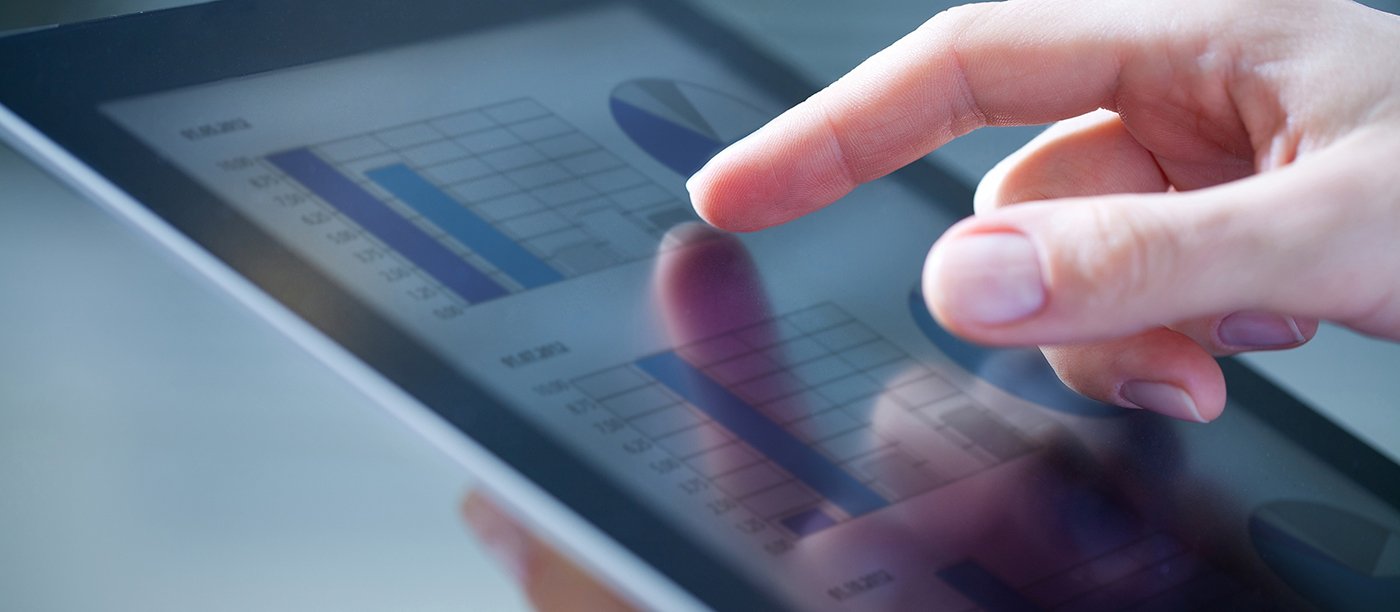Monday morning, it seems like everybody decided to take their car to work today. You’re stuck in traffic which is even more annoying at the beginning of this important week. You finally arrive at the office when it’s brought to your attention that the elevator isn’t working – oh, come on! After 12 flights of stairs, you finally arrive at your desk. The day can only get better.
You make yourself a coffee at the office and sit down to review the finalized Excel reports for the product release on Thursday. When you look at them, you nearly spill your brewing drink. What on earth has happened here? These numbers cannot be correct.
Two hours later, after several phone calls, and an escalation meeting, you realize that the release will not happen. The numbers don’t add up, and you begin to suspect that every test and progress you made over the past couple of months was based on wrong numbers. How is that even possible?

Decision making on Excel reports – easy but risky.
Within the next few days, you and your team investigate the chaos. It becomes clear that the Excel report is a mess. Changes made in source systems led to massive problems with the processing of source data. Wrong numbers were reported, and wrong decisions were made upon them. Analyses reveal problems in the VBA code, which nobody except those who made the changes understands. But those people have left the company. It becomes clear: The Excel report needs to be completely rebuilt, and you know: by doing so, the story will start all over again.
What you experience in this scenario is something that many people do every day when working with tools like Excel to create reports and analyses. Understandably, spreadsheets are used by many people as it seems quick, easy and cheap. Excel is simply on everyone’s computer, and every other software provides Excel exports, so system interfaces do not collide.
On the other hand, data and the ability to draw the correct conclusions and decisions from increasing data masses have become highly important and reasonably complex. It can no longer be left to a tool that does not have proper interfaces and is not properly maintained by an IT team. And this is where Business Intelligence and Business Objectives become relevant.

A state-of-the-art foundation for target-oriented decision making.
In a world where digital surroundings change faster than lightning strikes, it is essential to constantly define and redefine central business aspects. For Tagueri, Digital Business Intelligence and Business Objects, or short BI and BO, are key elements for day-to-day business, and so is our understanding of such.
BI and BO are not reports, but they are holistic approaches for creating data transparency for companies to enable solid and informed decision-making. It includes collecting, preparing, analysis, and visualization of all the company’s relevant data in question.
Most important for the definition of BI and BO is to understand that they aren’t synonyms. However, they do complement each other. BI aims to define the Business Objectives that need to be measured, analyzed, and visualized for decision-makers. In detail, Business Intelligence is a comprehensive approach on how to treat and understand data. And so said, in today’s fast-moving business environment, knowing how to do so is essential for a company of any kind. BOs, on the other hand, are the driving forces for a business, the guiding principles for decision-makers. They represent the company’s objective, to utilize and individualize the knowledge of data to increase the corporate value.

Mastering BI / BO is a critical success factor for efficient and effective decision-making.
The scenario drawn at the beginning shows a major downside of how reporting and analyses are done today in so many cases: Manual or semi-automated. This does not only cost time to prepare reports but it is also error-prone. Therefore, the main reason for implementing Business Intelligence and alongside Business Objectives is to reduce work that is still performed manually.
An example would be to remove the manual workload of preparing reports and making predictive analysis in tools like Excel. That being said, BI and BO also create data transparency. They find key reports and subjects that have the most significant value to the company, which is easy and reduces the mistakes being made.
Using Business Intelligence and Business Objectives helps to improve a company’s efficiency significantly. Advantages from BI and BO have a single point of truth and a central data system that every relevant employee can access and work with. This reduces the manual reporting effort, and the mistakes made and work done double in manual processes.
BI and BO strive for an optimized solution for data extraction from various, continuously maintained interfaces and professionalized data reporting and analyses, which helps a company focus on its fundamental values.

Start your data journey today.
We might not be able to prevent you from being stuck in traffic or the elevator, but we can ensure that when you sit down at your desk on a Monday morning, you will find clean reports so that you can jump right into business.
From building the right infrastructure to processing data and finding the right business objectives, we provide a full service to avoid data messes and to leverage the potentials of BI and BO.
Tagueri Digital has a strong network with specialized, expert partners and brings industry know-how into the equation. From requirements management to technical elaboration, we offer a comprehensive service matching your company’s needs.
Our work is not framework-specific. When consulting a client, we analyze the BO’s data architecture in use and advise which BI Tool would help match the customer’s goals most. We offer individualized service and want to help you get ready for the new digital age.
